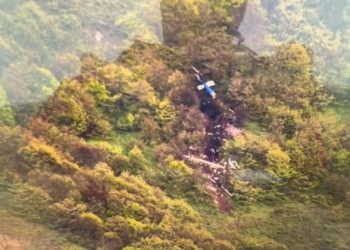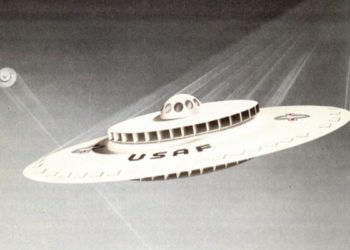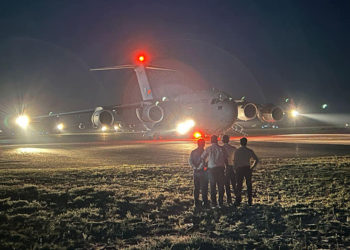A Look into the Chinese Chu XP Series Fighters
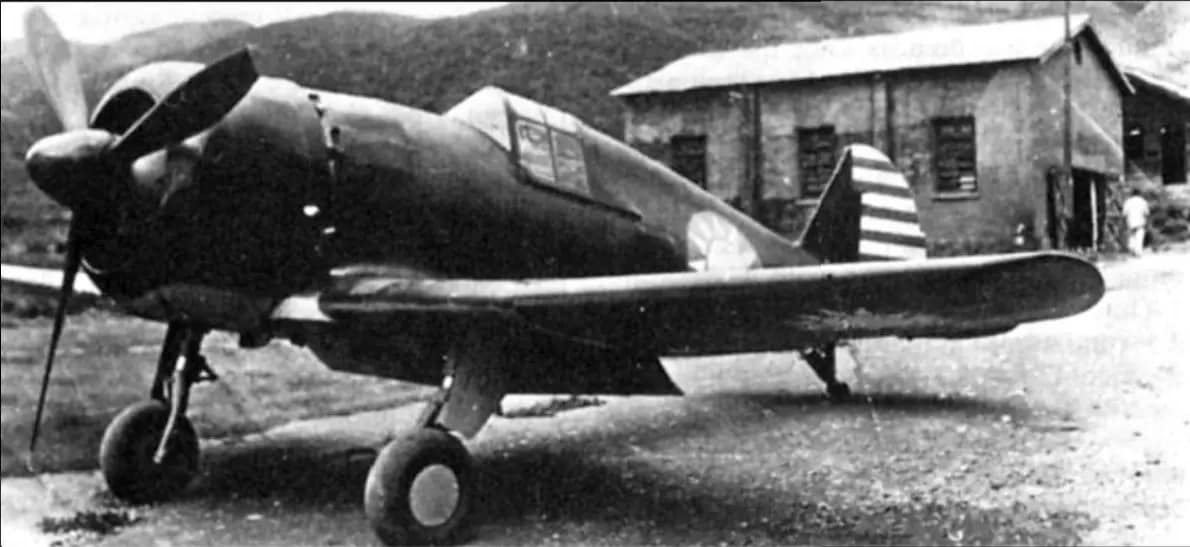
You gotta start somewhere, right?
The Turmoil of China in the Early 20th Century
Now as we all know, China was a total mess during the 1920s & 1930s, as the country had been ripped apart by numerous warlord factions after the fall of the Imperial Chinese government.
Even after Nationalist forces were able to (mostly) gain control of the country, Japan was starting to look at China, the same way Europe looked at Africa decades before. As a result, the Nationalist Government needed to modernize their forces as fast as they could. The problem was, this was China in the 1930s and they really didn’t have the money to import advanced aircraft from anyone. The ones they were able to get though, were really no match for the Imperial Japanese air forces either.
As a result, the Nationalist Chinese never had enough aircraft and they didn’t like relying on imports. So, with what little aircraft industry they had, China decided to develop their own new domestic fighter and thus, the Chu XP series was born.
The Development of the Chu XP Series
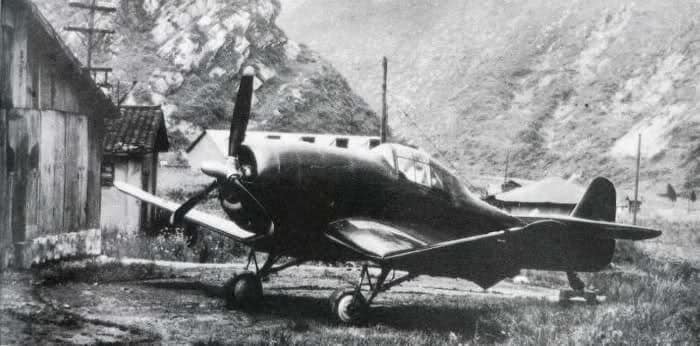
There really isn’t that much information available on these aircraft, as this was 1930s China. There aren’t even that many photos of these planes that exist, but from what is known, two prototypes were built: the XP-0 and XP-1, both of which were somewhat based on the Curtiss-Hawk 75 fighter. An American aircraft the Chinese had acquired in the 1930s.
Due to limitations at the time, the aircraft had a metal frame with plywood skin and was powered by a Pratt and Whitney Twin Wasp engine. As to the weapons loadout, it’s really not known, though it was supposed to have been armed with either two or four 20mm cannons in the wooden wings. But it’s only speculation, so take it with a grain of salt.
First Flights and Trials
First taking flight in 1943, the XP-0’s performance was said to be kinda “Meh”, when compared to other fighters in the air at the time. Though it did have a respectable speed of 313 MPH. But it only had one test flight as the aircraft had a hard landing and was promptly written off. The pilot did survive though, so there is that.
In fact, the Test Pilot’s feedback on the aircraft was used to help design the XP-1, which there really is not that much information available about. This aircraft had bent wings that were swept forward and was said to have taken flight in early 1945. But during its flight, the engine, which is said to have come from a C-47 Skytrain, failed and it crashed.
The Shift to American Aircraft
Of course by now though, the Chinese Nationalist Air Force was now being equipped with American made aircraft like the Republic P-43 Lancer and even P-51 Mustangs. So there really was not a need to develop a domestic fighter, as there were alternatives readily available. But I will give them an A for effort, all things considered.
~NC





